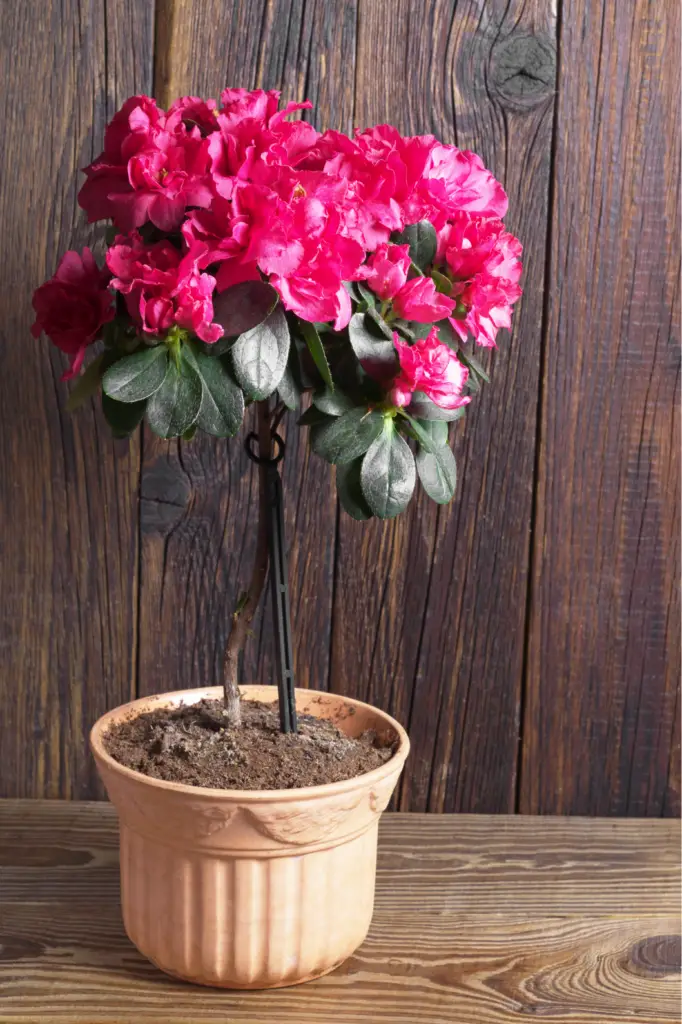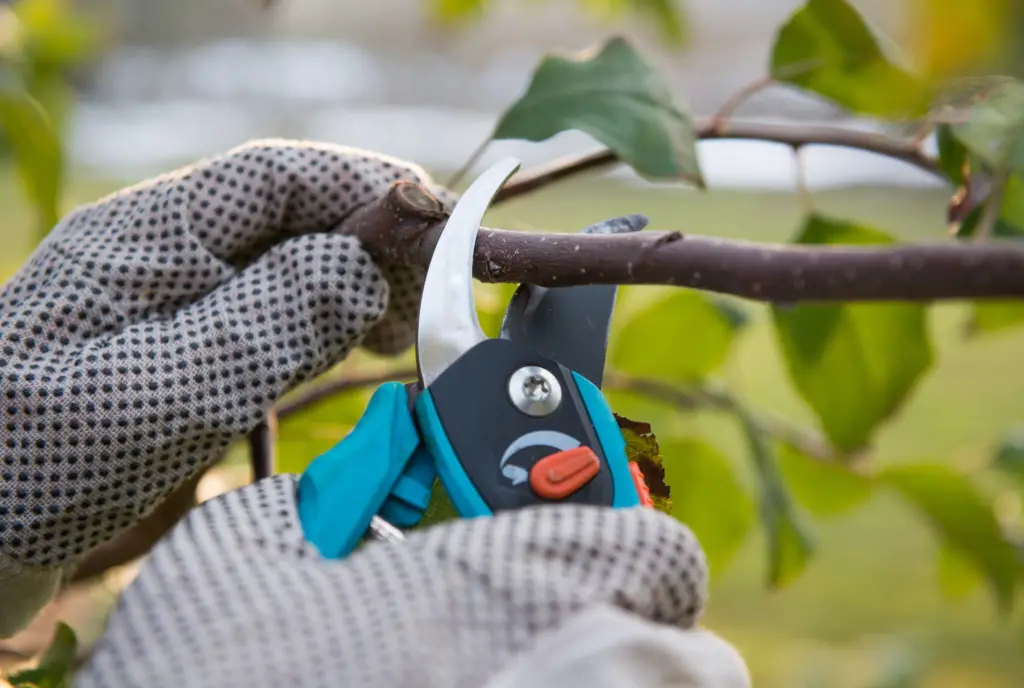Azaleas are stunning flowering plants that add vibrancy and beauty to any indoor space. While traditionally grown outdoors, cultivating azaleas indoors allows enthusiasts to enjoy their captivating blooms and lush foliage year-round. In this comprehensive guide, we will delve into the art of growing azaleas indoors, exploring the essential aspects of their care, including lighting, temperature, humidity, soil, watering, fertilising, and pruning. By understanding these key factors and implementing the right techniques, you can create an optimal environment for your indoor azaleas and witness their flourishing growth and remarkable floral displays.
Table of Contents
Choosing the Right Azalea Varieties
Before embarking on your indoor azalea-growing journey, it’s crucial to select the right variety suited for indoor cultivation. Some popular choices include the Satsuki azalea, the Encore azalea, and the Indian azalea. These varieties typically thrive in indoor environments due to their adaptability to lower light conditions and more controlled climates. Researching the characteristics of different azalea cultivars will enable you to choose one that aligns with your preferences and the specific conditions in your home.
Providing Optimal Lighting Conditions
Azaleas require bright, indirect light to thrive indoors. Locate your plants in a well-lit area near a window that receives bright, filtered sunlight. However, direct exposure to intense sunlight can scorch the leaves. If your available light is limited, supplement it with fluorescent or grow lights to ensure the plants receive a minimum of 6-8 hours of light each day. Regularly rotate your azaleas to promote even growth and prevent them from leaning toward the light source.
Maintaining Appropriate Temperature and Humidity
Azaleas prefer cooler temperatures, ideally between 60°F and 70°F (15°C to 21°C) during the day and slightly cooler at night. Avoid placing your azaleas near drafty windows or heating/cooling vents, as drastic temperature fluctuations can harm the plants. Maintaining a relative humidity level of around 40-50% is crucial, especially in dry indoor environments. You can increase humidity by using a humidifier, placing the plants on trays filled with water and pebbles, or misting them regularly.
Choosing the Right Soil and Potting Mix
Selecting the appropriate soil and potting mix is vital for azalea growth. Choose a well-draining, acidic soil with a pH level between 4.5 and 6.0. A recommended potting mix for azaleas is a combination of peat moss, perlite, and pine bark. This mixture allows for proper drainage while retaining the necessary moisture. Avoid using garden soil or heavy clay-based mixes, as they can retain excess water, leading to root rot.
Watering Techniques for Azaleas
Proper watering is crucial for the health of your indoor azaleas. The goal is to maintain consistent moisture without overwatering. Water your azaleas thoroughly when soil feels slightly dry to the touch. Allow any excess water to drain away, as waterlogged roots can lead to root rot. Avoid splashing water on the leaves, as wet foliage can promote the development of fungal diseases. In drier environments, you can use a pebble tray or a room humidifier to increase humidity levels and prevent the soil from drying out too quickly.
Fertilising Azaleas for Optimal Growth
Azaleas benefit from regular fertilisation during their active growth period, typically from spring to summer. Use a water-soluble, acidic fertiliser specifically formulated for azaleas or a balanced, slow-release fertiliser. Follow the manufacturer’s instructions for application rates and frequency. Avoid over-fertilising, as this can lead to salt buildup in the soil, damaging the plant roots. Remember to flush the soil periodically by watering thoroughly to remove any accumulated salts.
Pruning and Shaping Indoor Azaleas
Pruning is essential to maintain the shape and size of your indoor azaleas. After the blooming period, remove spent flowers by pinching or cutting them off. Prune any leggy or overgrown branches to promote bushier growth. Conduct major pruning during late winter or early spring to stimulate new growth and ensure a compact shape. Use sharp, sterile pruning shears and make clean cuts just above a node or leaf junction. Regularly inspect your azaleas for signs of pests or disease during the pruning process.


Conclusion
Growing azaleas indoors can be a rewarding experience for plant enthusiasts, offering year-round beauty and the joy of tending to these stunning flowering plants. By understanding the specific needs of azaleas, such as lighting, temperature, humidity, soil, watering, fertilising, and pruning, you can create an ideal environment for their growth. Remember to choose the right azalea variety suited for indoor cultivation and provide adequate light, temperature, and humidity levels. Additionally, use a well-draining acidic soil mix, water your plants carefully, fertilize them appropriately, and prune them regularly to maintain their shape and health. With proper care and attention, your indoor azaleas will thrive and reward you with their abundant blooms, transforming your living space into a vibrant and captivating oasis.


